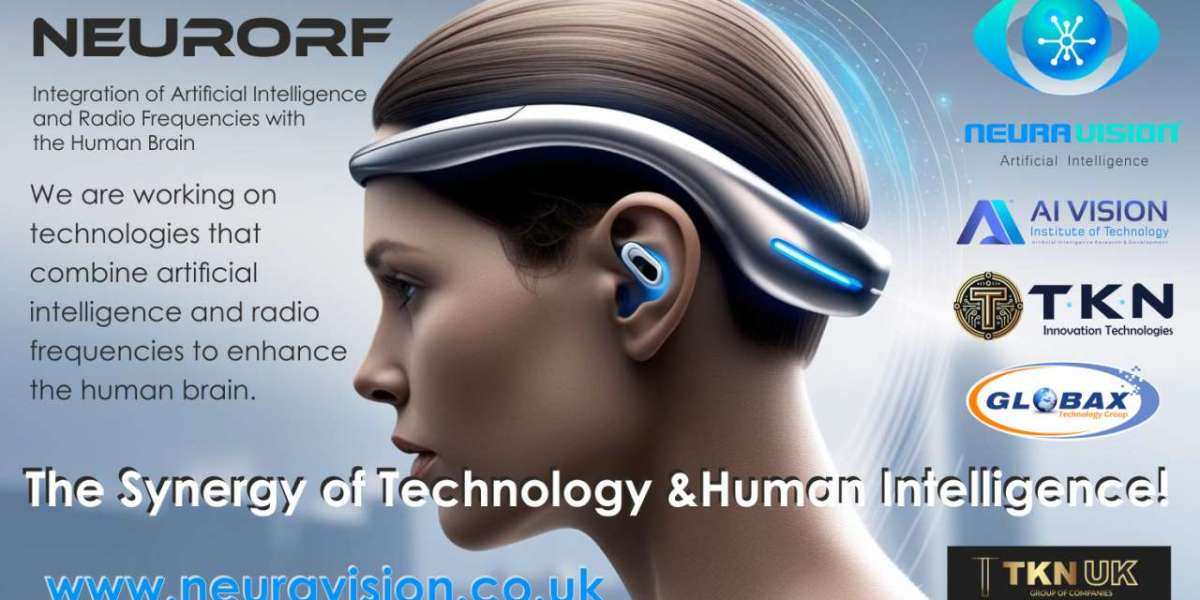2. Artificial Intelligence and Radio Frequencies: Core Concepts
Artificial Intelligence (AI) is a field of science that enables computers to exhibit human-like intelligence. AI algorithms perform tasks such as analyzing large datasets, recognizing patterns, and making automated decisions. For AI to interact with the brain, it must accurately interpret the brain's electrical activities and analyze these data.
Radio frequencies (RF) are electromagnetic waves commonly used for data transmission in communication systems. RF has the potential to modulate neural activities in the human brain and serve as a tool for establishing brain-computer interactions. RF technologies applied at specific frequencies can influence brain functions, aiding AI in accurately analyzing brain signals.
3. Brain-Computer Interfaces (BCI) and AI Integration
Brain-Computer Interfaces (BCI) are systems that enable direct interaction between the brain's electrical activities and computers. These systems facilitate the transfer of brain signals to digital devices for processing. AI provides robust algorithms to analyze these signals, allowing individuals to monitor their mental states or control devices and movements.
The integration of BCI technology with AI can significantly enhance interactions for individuals with disabilities. For instance, a person with paralysis could use their brain signals to control a robotic arm or computer screen. AI can improve the accuracy and responsiveness of such systems by efficiently decoding brain signals.
4. Effects of Radio Frequencies on the Brain
Radio frequencies can be used to modulate brain activities. Specifically, low-intensity RF fields can influence brain waves and regulate the electrical activities of neurons. This could serve as a potential tool for treating neurological disorders or enhancing brain functions.
RF technologies interacting with the brain can be developed for treating neurological disorders. For example, in movement disorders such as Parkinson's disease, RF technologies could help regulate brain signals. However, further scientific research is required to understand the long-term effects of RF and its potential risks to human health.
5. Applications of AI and Radio Frequencies in Healthcare
The combination of artificial intelligence and radio frequencies holds transformative potential in the healthcare sector. These technologies can be particularly beneficial in the following areas:
- Treatment of Brain Disorders: AI and RF technologies could play a vital role in treating neurological disorders. For example, they could help develop more effective treatment methods for conditions such as Alzheimer's, Parkinson's, and depression.
- Enhancing Mental Speed and Performance: RF modulation of brain signals can improve cognitive performance and brain functions. This could be used to increase learning speed, strengthen memory, and improve focus.
- Integration of the Brain and Robotic Systems: AI and RF can enable the brain to directly control robotic systems. This could enhance the use of robotic arms or prosthetics, especially for individuals with paralysis.
6. Ethical and Safety Concerns
The integration of artificial intelligence and radio frequencies with the brain raises ethical and safety concerns. Direct interaction with the brain could threaten individual privacy and free will. Moreover, the misuse of brain signals might lead to risks such as monitoring or manipulating personal thoughts.
The long-term effects of RF and its potential harm to brain health are significant concerns. Improper or excessive use of RF in brain interactions could disrupt brain functions. Therefore, careful regulations and ethical boundaries must be established for AI and RF technologies in brain-computer interactions.
7. Conclusion
The integration of artificial intelligence and radio frequencies with the human brain has the potential to revolutionize medicine, technology, and human engineering. These technologies could enable more efficient brain utilization, facilitate the treatment of neurological disorders, and allow individuals to control interactive devices with their minds. However, the development and implementation of these technologies must consider safety, ethics, and potential health impacts.
In the future, systems that enable AI and RF to interact with the brain are expected to become more widespread, and research in this field will deepen. These advancements will take the understanding and control of the human brain a step further.
A.Alp ASLAN | Software Engineer / Researcher









